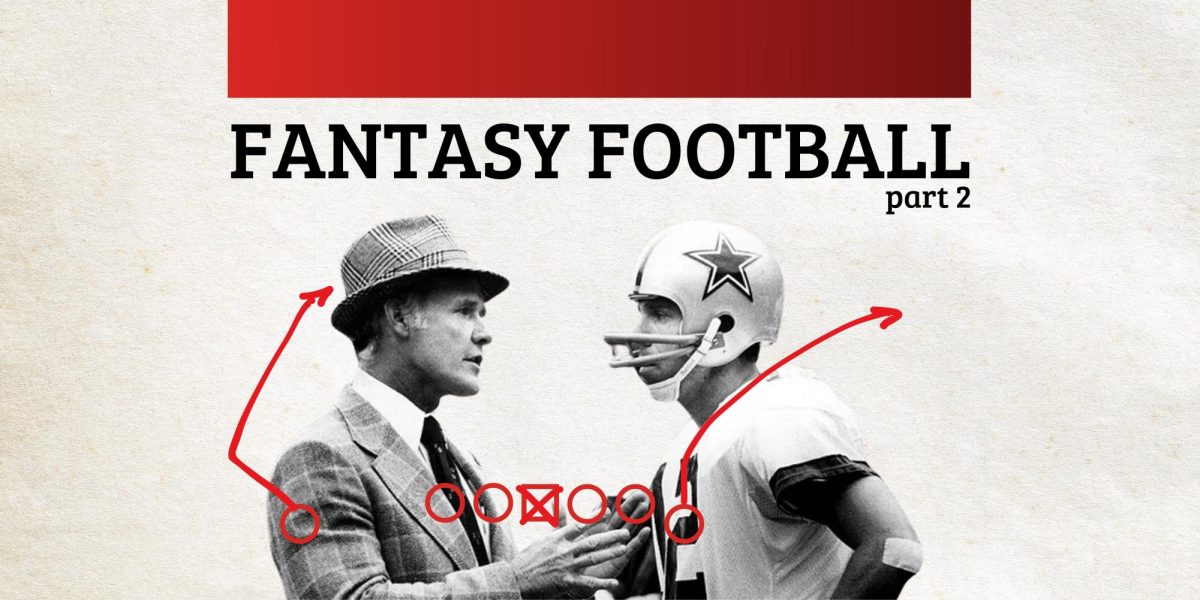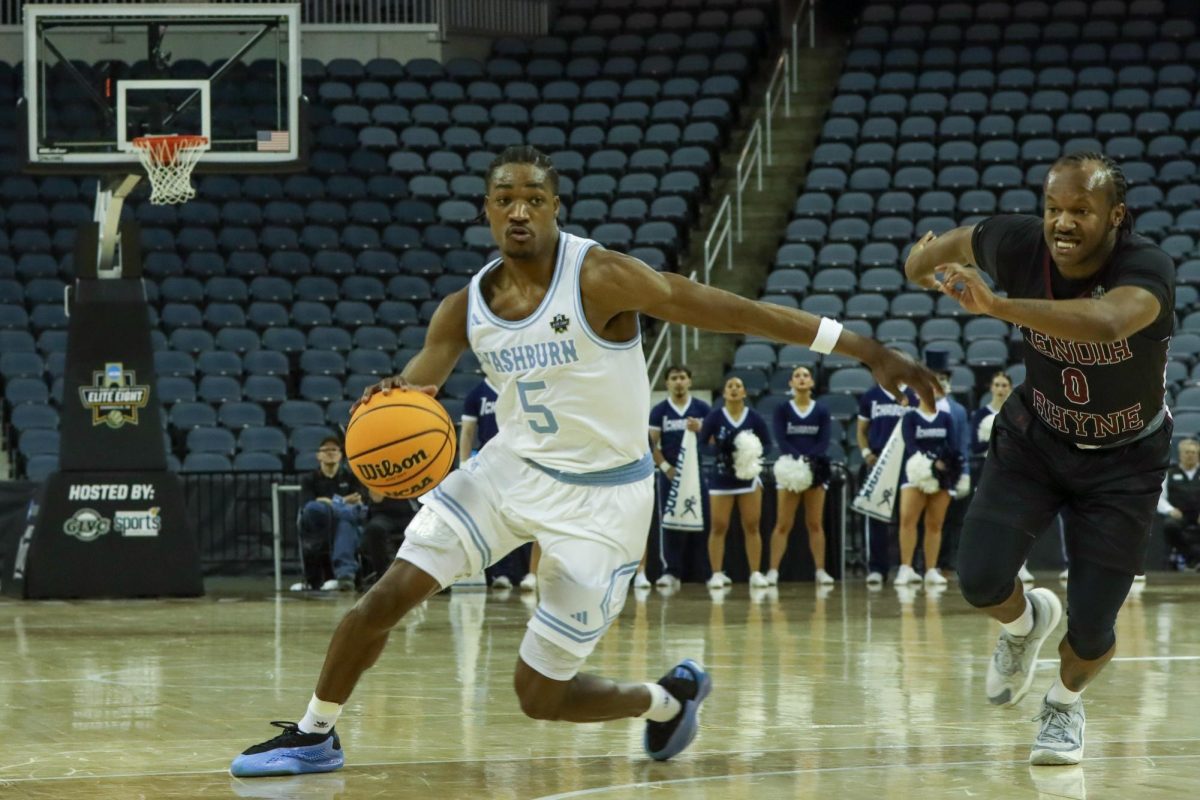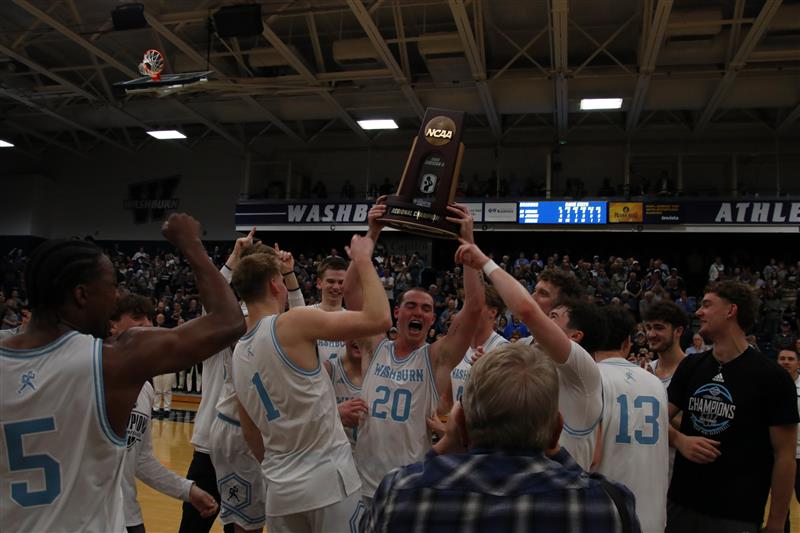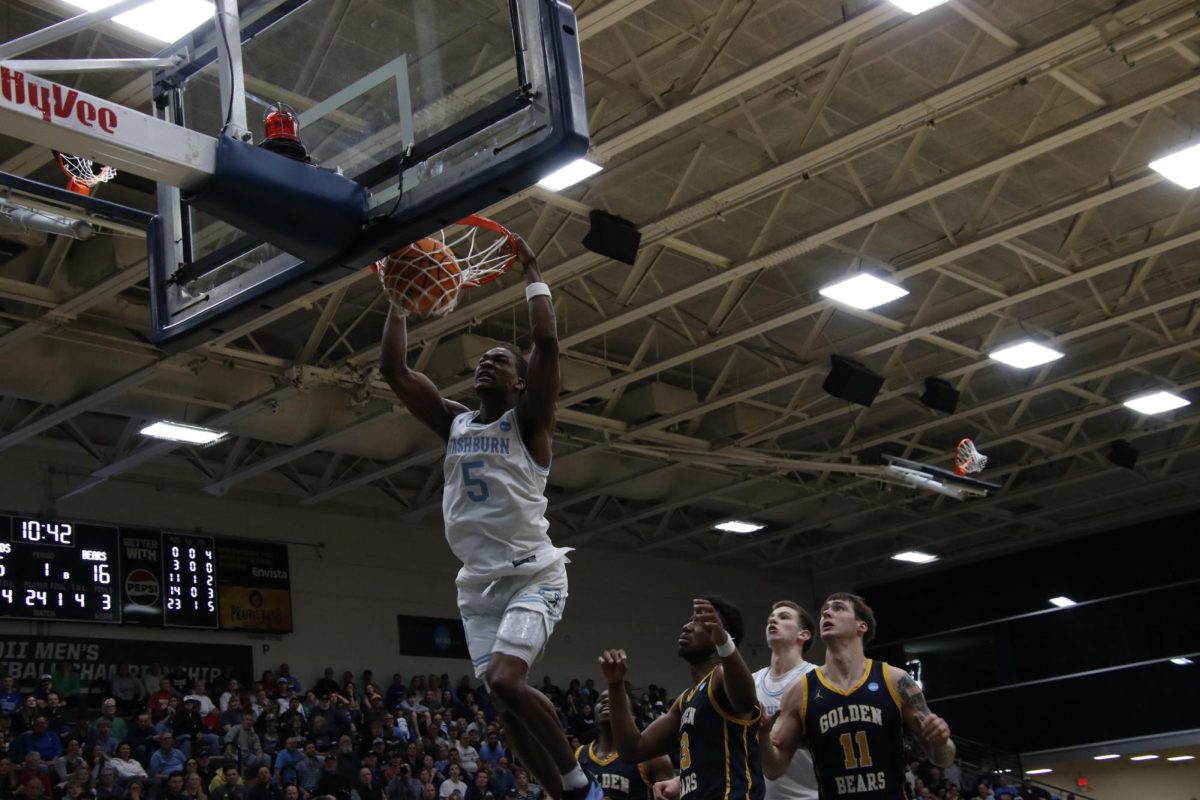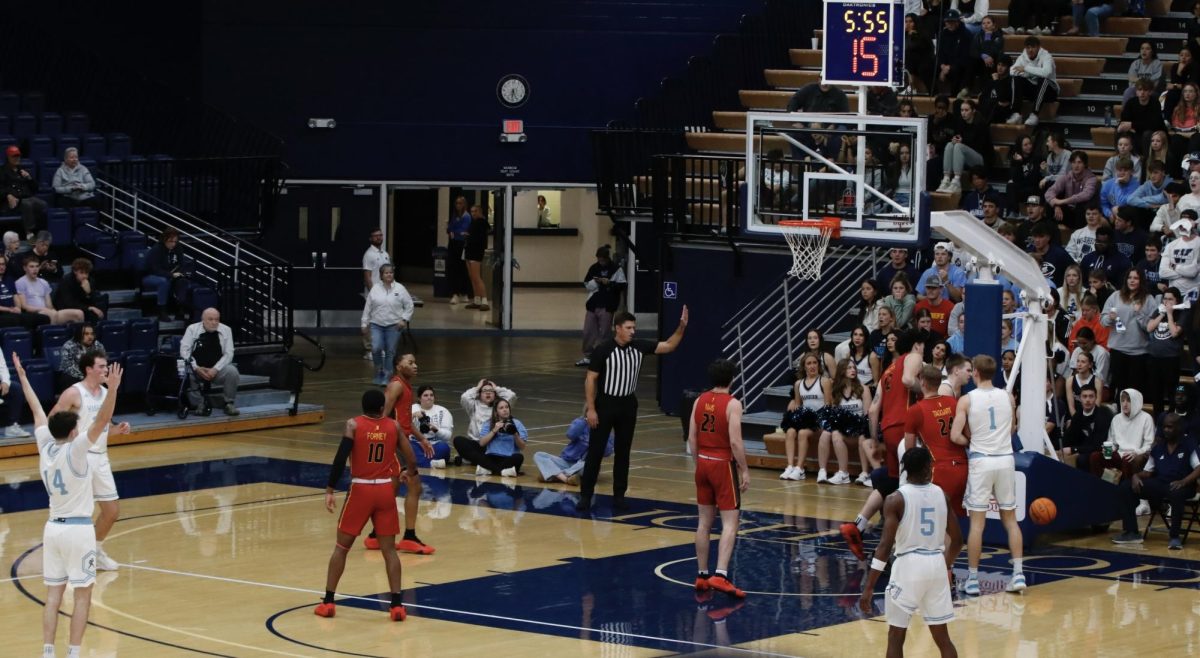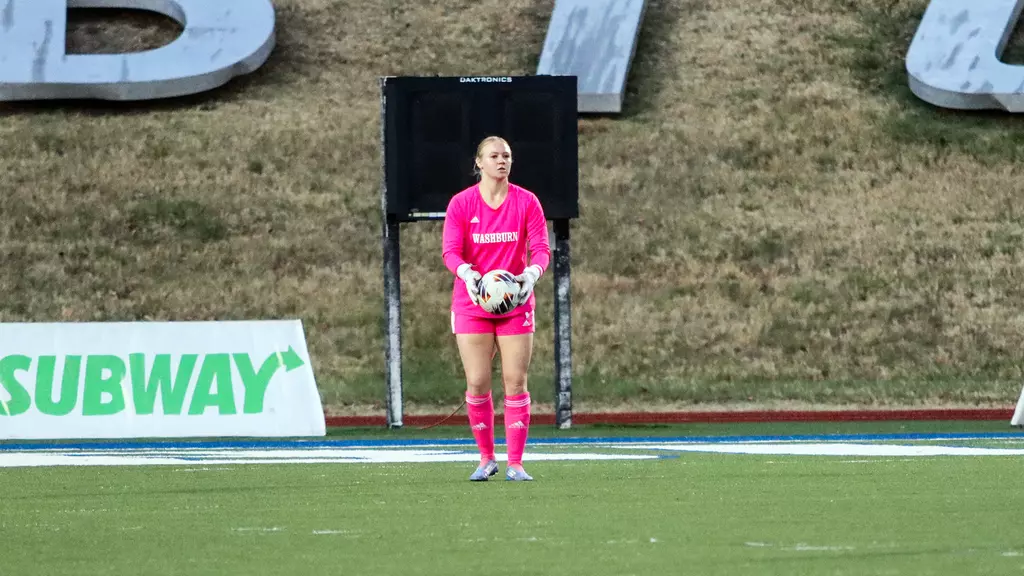In the first story, we talked about “What is fantasy football,” the basic notions and strategies of the game. In case you haven’t read it yet, it’s worth checking out. Now, in this follow-up, we’re diving deeper into the perceptions of a few players and experts about position values and other nuances of the game, illustrating how fantasy football is more about adapting and responding to changing dynamics as the NFL season unfolds than merely drafting well.
Jonatan Mombach, journalist and veteran fantasy football player, pointed out the ongoing shifts in player value, particularly the decline of running backs in recent years.
“I think the most obvious is the devaluation of the running back position,” Mombach said. “Today, we see receivers matched in scoring predominance by the running backs.”
This change in the landscape of fantasy football underscores the need for managers to remain flexible and adapt to the evolving values of player positions.
As the season progresses, mid-season management becomes paramount. Dan Wrenholt, assistant director of intramural sports at the Student Recreation and Wellness Center, has been playing fantasy football for over a decade, and his experience shows. Despite being busy this year, Wrenholt’s current team standings (5-1) prove that a well-planned draft and careful mid-season adjustments can go a long way.
“I try to draft players from winning teams because they tend to score more consistently,” Wrenholt said.
We also talked about this strategy called “Good Offenses” in our previous story about fantasy football.
His strategy is paying off as he’s currently sitting in second place. Unlike some of the more aggressive players, Wrenholt prefers a more conservative approach.
“If my team is doing well, I don’t see the need to make drastic changes. Right now, I’m pretty happy with where things are,” Wrenholt said.
That said, he knows when to make a move.
“I try to look and make sure if someone’s had a tough year with their team, not winning many games, not doing well,” Wrenholt said. “It’s more kind of looking about their opponents, or how far they’re going to go, their quarterbacks got hurt, replacements—lots of things like that.”
This more conservative strategy is a valuable tip for all those who want to improve their teams: look for teams in your league that have few wins and are perhaps far from playoff contention. Propose trades with the managers of these teams. They will tend to be less protective of their players, especially if the league is a redraft league, i.e. a league where you don’t keep the same players for more than one season.
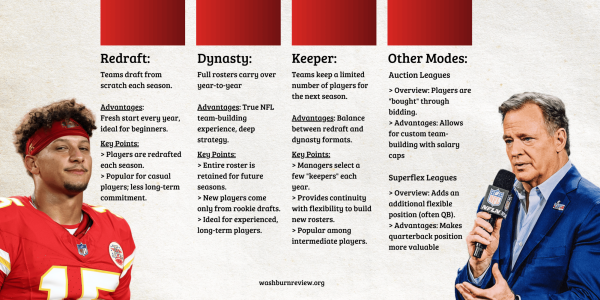
His approach exemplifies how critical it is to monitor not only your own team but also your league opponents.
The ability to interpret data and adapt is crucial. Drake Vanderbilt, senior accounting major, recalls how early mistakes stemmed from relying solely on projected points.
“I’m sure there’s a lot of data and equations that are done by a computer for them to come up with those projected numbers,” Vanderbilt said. “Just because a player has a certain amount of projected points doesn’t always mean that’s how it’s gonna play out.”
This insight reflects a deeper understanding of the game recognizing that real-life performances can diverge significantly from statistical predictions.
If you picked Christian McCaffrey, Breece Hall and Travis Kelce at the beginning of the year, hoping to have a good shot at your league title solely based on statistics from previous years, I imagine your season is not going as expected, to say the least.
Players are human and statistics can’t really predict when they’re going to get injured and sometimes we forget that it’s a team sport and that’s why performances aren’t so individual. What would a receiver be without a quarterback?
However, let’s not forget two positions that most fantasy leagues have and that don’t get enough attention: defenses and kickers!
“I wanted a really solid defense and special teams and a really solid kicker,” Vanderbilt said. “Those are two things that can get you anywhere from 5 to 15, sometimes even 20 points if the defense has a really good day and if you have a solid defense and a solid kicker, someone is gonna get consistent.”
In fact, some kickers, such as Brandon Aubrey of the Dallas Cowboys, in standard leagues, ranks 27th in scoring through four weeks with 60.0 points. To put that into perspective, Patrick Mahomes, who has the Kansas City Chiefs off to a 4-0 start and is typically one of the first quarterbacks taken in a fantasy football draft, is barely ahead of the Cowboys’ kicker at 61.5 points.
When it comes to kickers and D/ST, it’s worth using the “streaming” strategy, which consists of selecting the best options available on waivers each week according to the matchup. This strategy ensures rotation and at the same time allows you to find the best options on the market.
Last but not least, don’t forget to line up your team every week. You don’t want to leave an empty slot or an injured player in your starting line-up. Once the game starts, there’s no turning back.
In the NFL, injury reports are typically released on Wednesdays and updated throughout the week. Here’s a general timeline for injury report releases:
- Wednesday: The first official injury report of the week is released, detailing player statuses such as “limited participation,” “full participation” or “did not participate” in practice.
- Thursday: A second injury report is issued, reflecting any changes in player statuses since Wednesday.
- Friday: The final injury report is released, providing the most up-to-date information heading into the weekend. This report often indicates whether players are “questionable,” “doubtful” or “out” for the upcoming game.
In addition to these weekly updates, teams may provide injury updates throughout the week during press conferences or on social media.
Fantasy football is a game of constant evolution and foresight. Just as in real life, NFL teams experience fluctuations in performance that can significantly impact fantasy players. For instance, the New Orleans Saints, who started strong (2-0), are now facing challenges with the loss of their quarterback, Derek Carr, leading to decreased production for stars like running back, Alvin Kamara. Conversely, the New York Jets, despite their struggles, hold potential for a resurgence. Breece Hall, who has shown flashes of brilliance, could bounce back as the offense stabilizes.
The strategies you start with won’t always be the ones that carry you to the finish line. Between managing expectations, injuries, poor performances and bye weeks, there is you, the general manager of your very own franchise. That’s what makes the fantasy football experience so engaging.
The Winning Edge for Mid-Season Management
- Adaptability is Key: While a good draft sets the foundation, ongoing roster management and strategic adjustments are crucial as the season unfolds.
- Position Value Changes: Running backs are less dominant than in previous years, with wide receivers and tight ends gaining importance, particularly in PPR leagues.
- Injury Management: Staying informed about player injuries and utilizing the waiver wire effectively can make or break a fantasy season.
- Understanding Projections: Don’t solely rely on projected points; real-life performances can vary dramatically from what statistics suggest.
- Team Dynamics Matter: The performance of NFL teams affects individual player outputs, making it essential to keep an eye on team trends and potential shifts in offensive strategies.
Edited by Morgan Albrecht and Alijah McCracken





